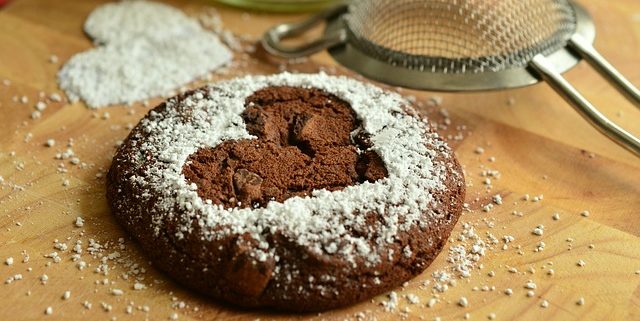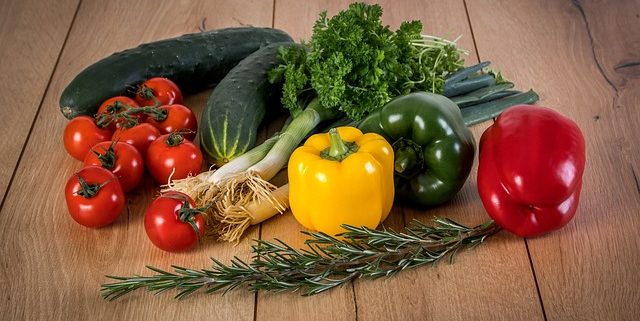Feed Your Soul, Then the Body
Wholesome health, a balanced approach
Perhaps the most universal New Year’s Resolution is to drop a few pounds and change body composition in a positive direction. Certainly one tool that gets used for this quest is to add in some extra workouts. Yet it is usually only one part of what will help someone succeed in shifting their composition and losing weight. You see, the body is so efficient at adapting to training, that over time it uses less and less energy to do the same amount of work. For example, a longer walk or run in the beginning of the season may burn 400-700 calories/hour, but later in the year you will only use half that. Exercise is absolutely essential for good health, but usually needs some additional support for weight loss.
Portion Size
The number one tool for helping drop a few unwanted fat pounds is regulating portion size at meals. And the most effective way to reduce serving sizes without feeling like you are depriving yourself is to find smaller dishes on which those portions are placed. Humans have a tendency to eat all of what is put on the their plates. So if you are trying to reduce your overall consumption, start out by putting less in front of yourself. Then if you are someone like me, who knows you will almost always go back for seconds (mostly for the taste), curb that initial serving even a little more so that you do get to go back for round two guilt-free, and in the end still reduce the overall amount you eat.
Slow Down To Eat Less
Next, eat a little slower. As we said in our book, eating is not a speed sport! If you are like me you probably won’t be able to do this by chewing more even though that is usually the main recommendation on how to eat slower. An alternate solution is to just put less on your fork with each bite. Lots of smaller mouthfuls will end up reducing the speed with which you eat.
The Smart Snack
Remember the old thing your mother used to yell at you when you were a kid? “Stop snacking before the meal, you’ll ruin your appetite!” Well, that is indeed true and something you can use to your advantage in weight loss. Try eating a nutritious snack of about 100 calories 20-minutes prior to the meal that is coming up. This will usually take the ravenous edge off your hunger with the result that the amount you end up eating overall is much less than if you did not have that snack and went into your meal with a completely empty stomach.
Drink Water
Often hunger is a masked sensation for needing water. Make sure you are drinking enough of this precious liquid throughout the day. Also try a glassful first when you start to feel the hunger pangs coming on. Even in the winter getting enough water can be tough. Most heating systems dry the air out, making it just as important to hydrate now as it is in the summer.
Gauging When To Stop
There are many ways to judge the time to stop eating. If a person stops when they are full they will eat significantly more calories throughout the day than if they stop eating at the point where they no longer experience hunger. Experiment with this subtle but important difference. Start by eating a little slower as we just mentioned. Then notice when you begin to no longer feel hunger, which is a different sensation than what you will feel like if you keep going and feel full.
The catch to this strategy is that if you are indeed able to push the plate away once you experience that your hunger has subsided, you will also find yourself getting hungry sooner after the meal. This is normal and fine to have happen. Just make sure that you are prepared for it and have some good healthy snacks or another small meal at hand when you do get that hungry feeling back again.
Pattern Eating
Next see if there are any overeating patterns that you can change. When do you find that you eat too much? Is it when you are alone? Is it when you get together with friends for a meal? How about when you are bored or stressed? Whenever that is, try to come up with another go-to activity that re-patterns what you do in those trigger situations.
If you eat when alone, see if there is something else that you can do that soothes your soul and gives you satisfaction. If it happens when you are with friends, perhaps going for a walk or just simply staying out of the kitchen can do the trick. If stress causes you to eat too much, use other calming techniques to help take the edge off and change the response to a tough time away from the urge to eat. This can be as simple as taking a walk or drinking in the colors of a sunset first. Stick with it long enough to detect if indeed your body was in need of food or if you were reaching for food as a soothing mechanism.
Feed Your Soul, Then Your Body
Then finally, eating is medicine for the body when our souls are being fed as well. However, many of us have eaten in an attempt to feed a starved inner being. Even taking a few moments to walk outside and breathe in the air with a sense of gratitude that you are alive can shift that feeling and feed your soul with a positive thought. Then the hunger you feel can be that of your body.



